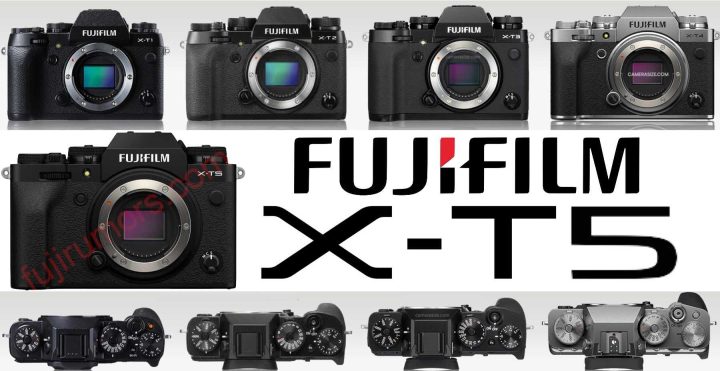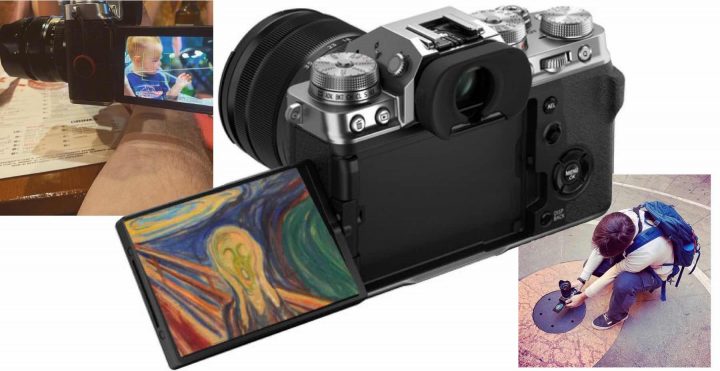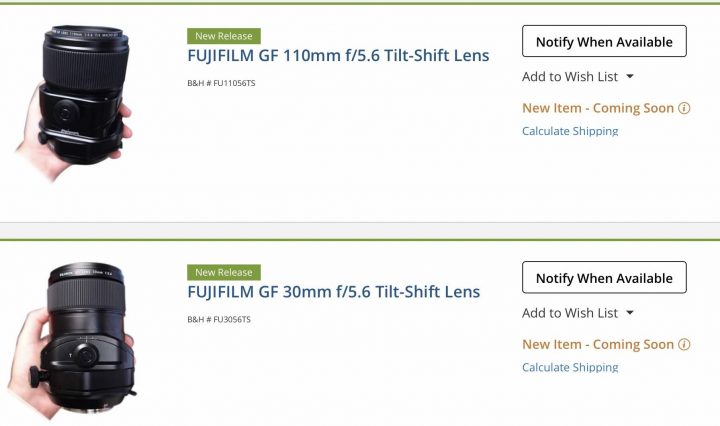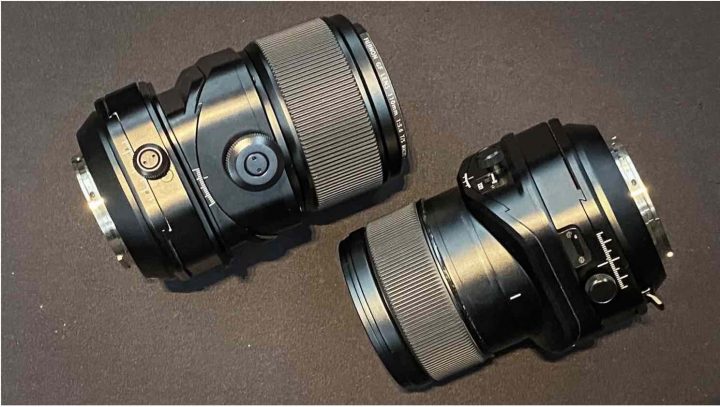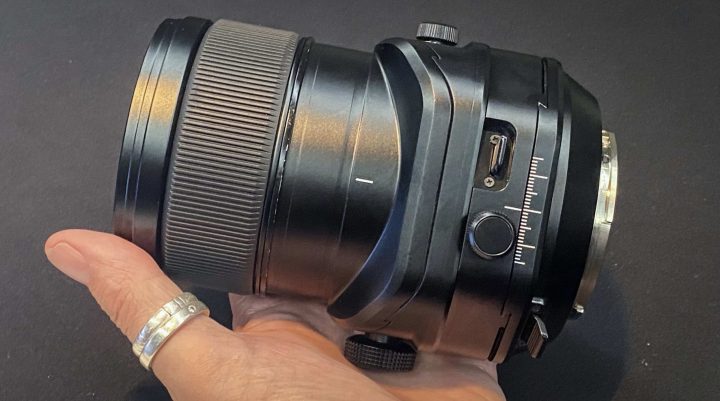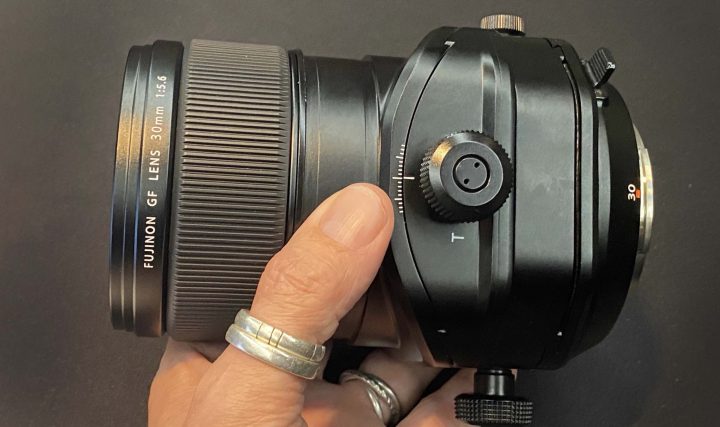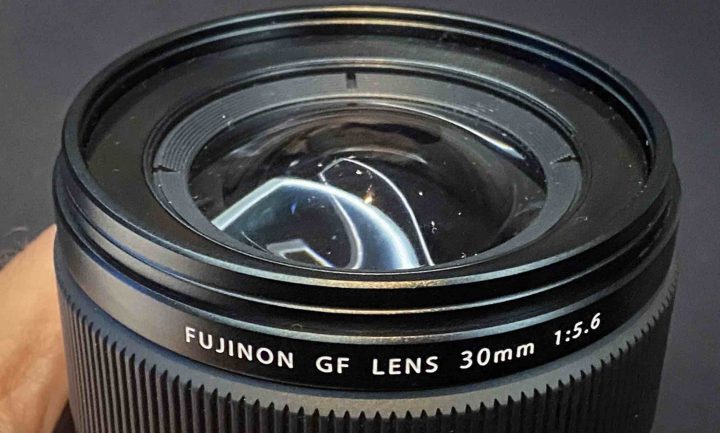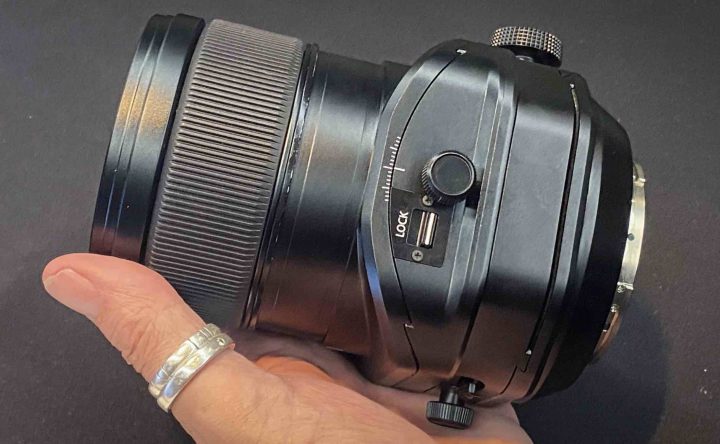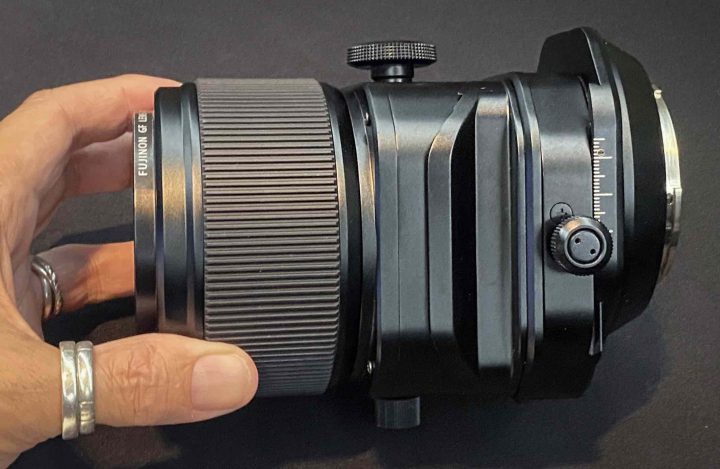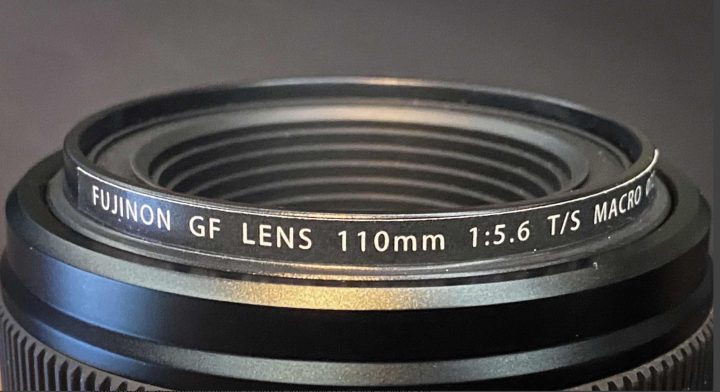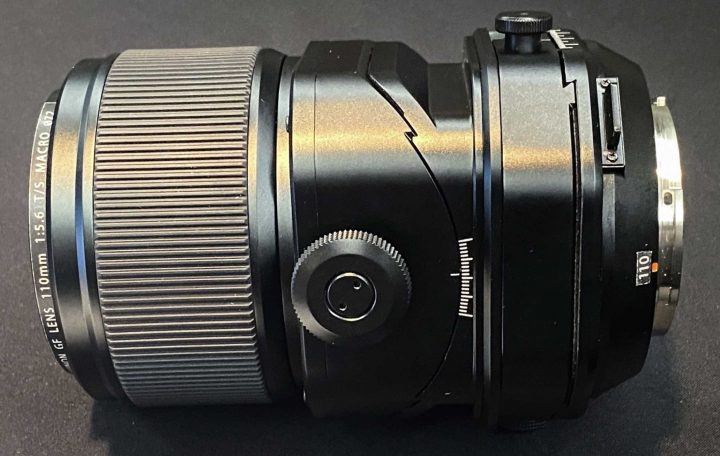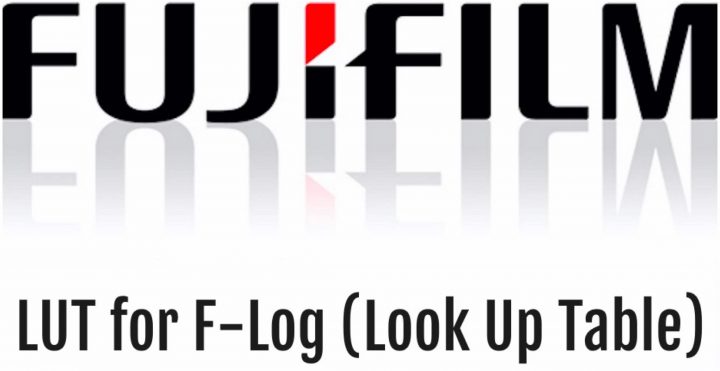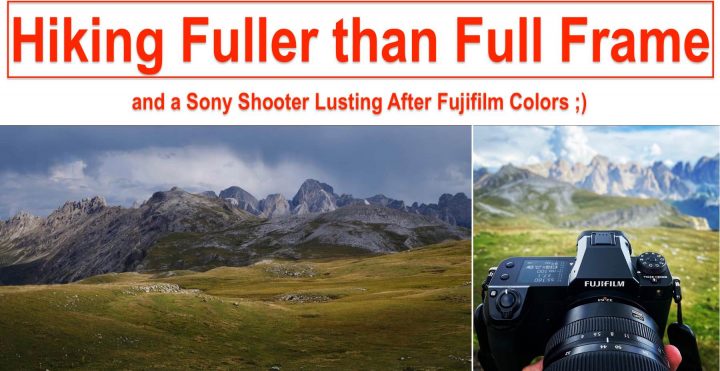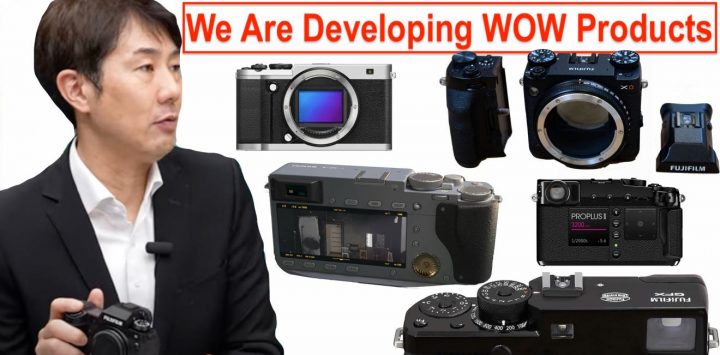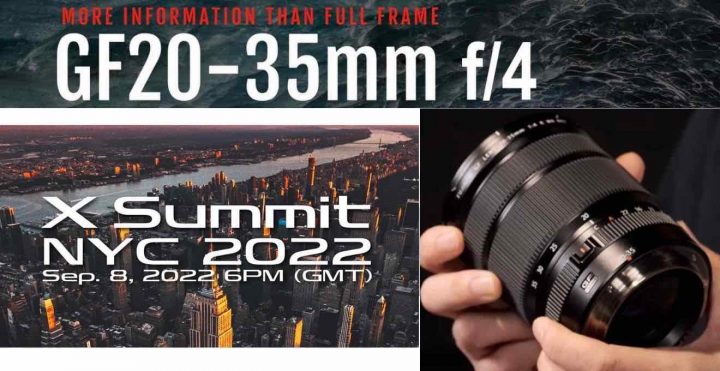Fujifilm X-T5 Mock-Up (Almost Perfectly Accurate, Except for…)
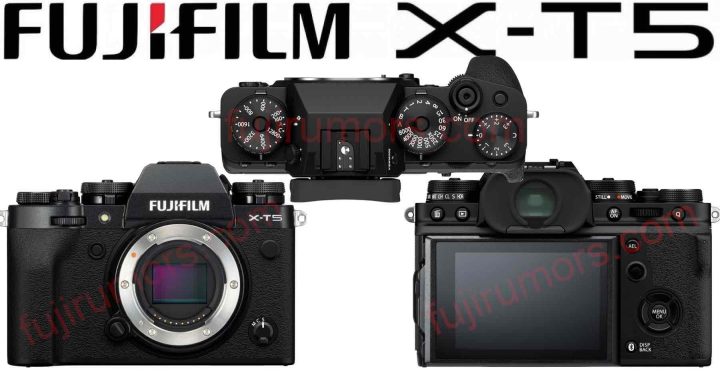
Ok guys, so how does the Fujifilm X-T5 look like?
Well, according to our sources you could basically imagine it as a smaller X-T4 with the 3 way tilt screen of the Fujifilm X-T3.
But there are some minor details that we will try to illustrate with some renderings we made below.
And to be clear: what you see below is NOT the real Fujifilm X-T5, but the final thing will be very close to what you see here. The only difference between these mock-ups and the real Fujifilm X-T5 will be that the size of the X-T5 (for example the real X-T5 is a bit narrower) and the grip is slightly different. The mock-ups use the grip of the X-T4 because that grip is closer to the real X-T5 than the grip of any other X-T camera.
Overall, let’s put it down like this: these mock-ups are so close to the real Fujifilm X-T5, that when the real X-T5 leaks very soon, you will find the leaked images very boring ;).
Lets start with the front:

